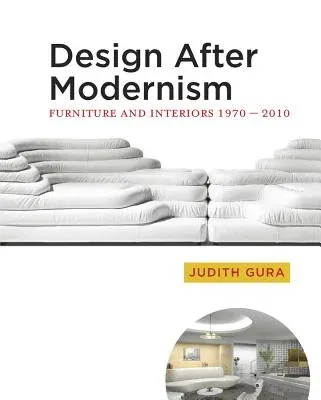With the first decade of the twenty-first century behind us, it is time
to reassess the concept of "modern," a term that dates to the Middle
Ages, when it signified current or recent events. Not until the
eighteenth century did it become a stylistic term; more recently it has
generally referred to the aesthetic that evolved from the Bauhaus and
flourished in the mid-twentieth century. Though proclaiming freedom from
the limitations of style, it became as formulaic as most of its
predecessors, as Modern architecture and furnishings conformed to
prescribed specifications: geometric forms, industrially fabricated,
unadorned, and studiously ahistorical.
Those guidelines are no longer relevant. As Midcentury Modernism has
receded into history, Modernism has been redefined, reenergized, and in
the process transformed. Today it embraces a cornucopia of design in an
almost limitless range of materials: design studios are laboratories for
experimentation; design concepts can be as important as finished
objects; and furniture has crossed barriers to become a new art form.
Tools and technologies never before possible have provided new
approaches to decoration, and may incorporate influences from the past.
The design profession has broadened its horizons; interiors and
furniture are being created by architects, interior designers, furniture
makers, industrial designers, artisans, artists, and even fashion
designers.
Design After Modernism offers an overview of developments in design
over the past four decades--some evolutionary, some expected, and some
extraordinary. It identifies the diverse influences that have generated
new directions in design and illustrates many of the most
characteristic, most noteworthy, and most innovative objects in this
rich and variegated mix. All are representative of their time, and many
of the earlier designs have already gained iconic status. Of the more
recent ones, whether or not they will be admired in decades to come is
something that only time will tell.

